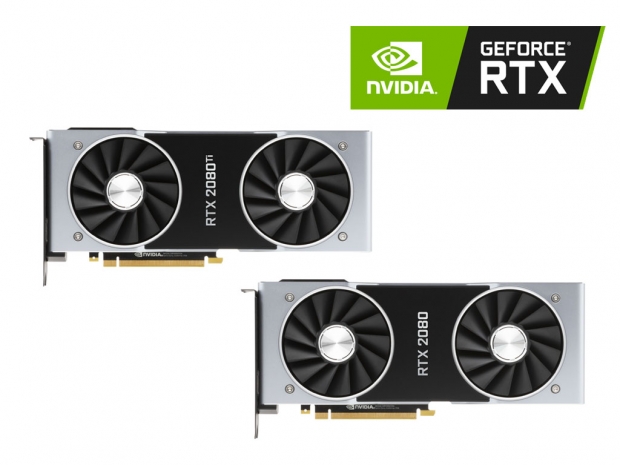Index
- Nvidia Geforce RTX-series is born
- Turing architecture and RTX series
- The new Turing architecture in more details
- Shader improvements and GDDR6 memory
- Nvidia RTX Ray Tracing and DLSS
- The Geforce GTX 2080 Ti and GTX 2080 graphics cards
- Test Setup
- First performance details, UL 3DMark
- Shadow of the Tomb Raider, Assassin’s Creed: Origins
- The Witcher 3, Battlefield 1
- F1 2018, Wolfenstein II: The New Colossus
- Power consumption, temperatures and overclocking
- Conclusion
- All Pages
The Geforce GTX 2080 Ti and GTX 2080 graphics cards
The first SKUs based on Nvidia’s new Turing architecture to hit the market are the Geforce GTX 2080 Ti and the GTX 2080, both of which were already available for pre-order and should start shipping as of September 20th. The third SKU, the Geforce RTX 2070, is coming in October.
As noted at the beginning, the flagship Geforce RTX 2080 Ti is based on the Turing TU102 GPU and packs a total of 4,352 CUDA cores, 544 Tensor Cores, and 72 RT Cores.
The GPU works at 1350MHz base and 1545MHz GPU boost frequency (1545MHz on the Founders Edition) and the card packs 11GB of GDDR6 memory, clocked at 14Gbps, on a 352-bit memory interface for a total memory bandwidth of 616Gbps.
The TDP for the RTX 2080 Ti is set at 250W and it draws power from two 8-pin PCIe power connectors.
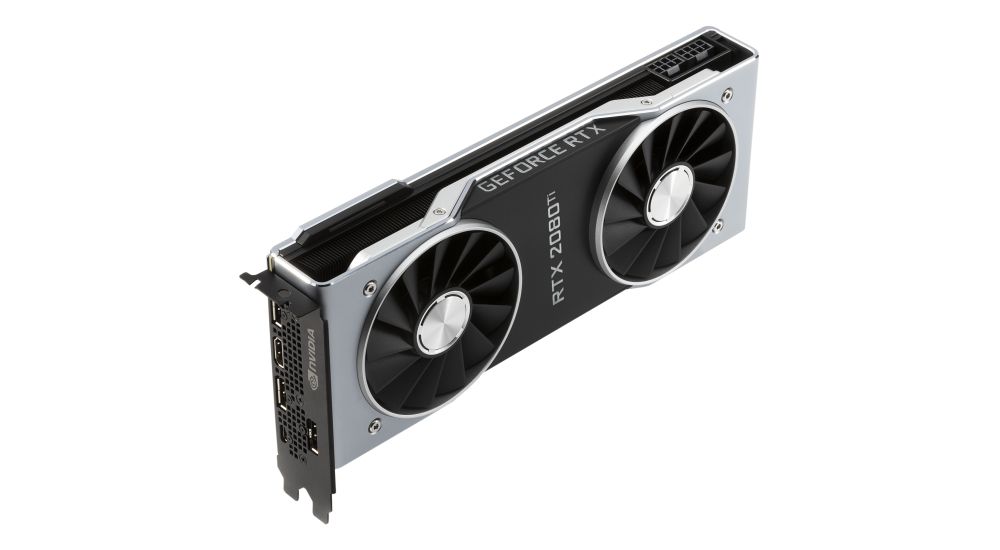
The RTX 2080 Ti Founders Edition comes with a special dual axial-fan cooler with vapor chamber technology, which should keep the TU102 GPU well cooled. It also features a full-cover backplate.
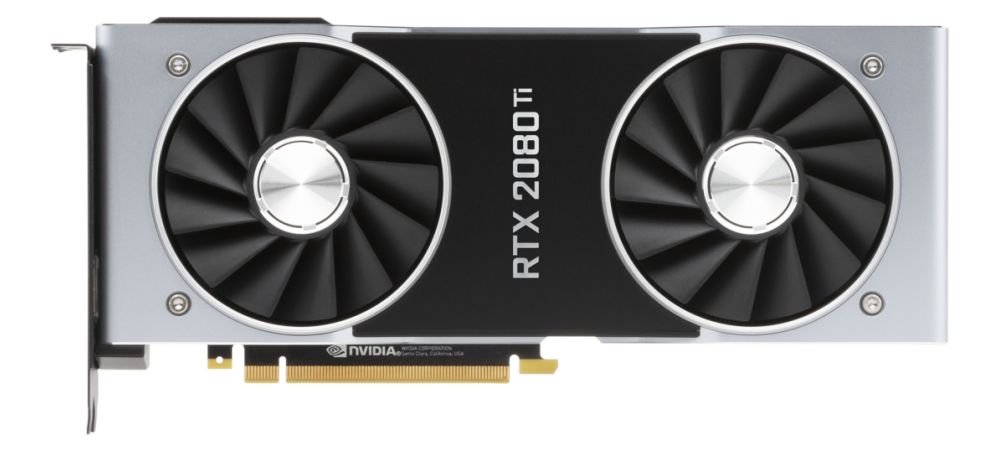
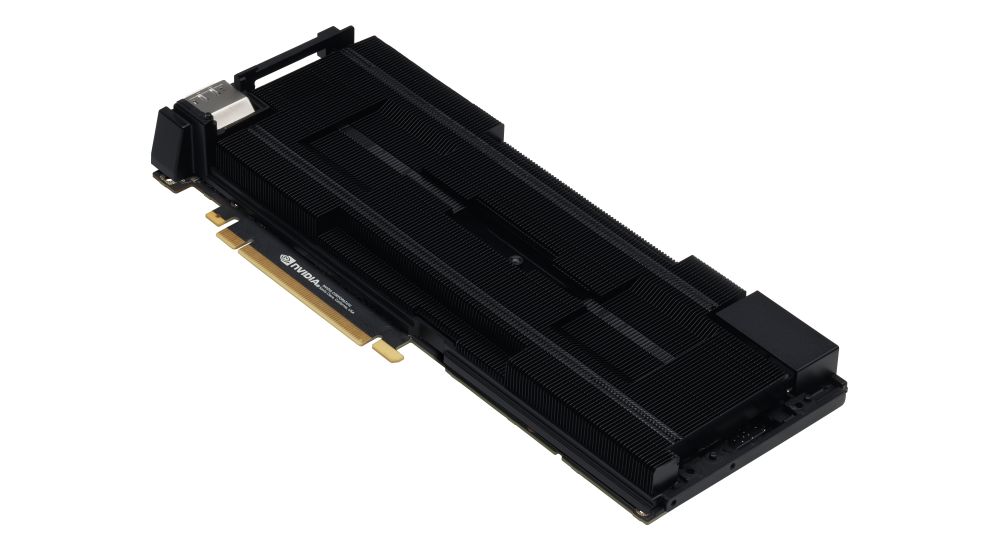

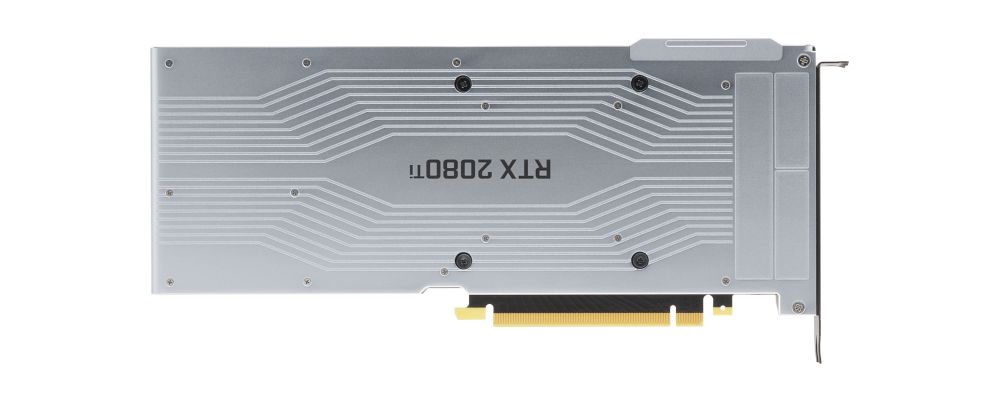
Display connectivity includes three DisplayPort 1.4a ports, HDMI 2.0b, and a special VirtualLink port, which is a dedicated USB-C port with DisplayPort routing that allows for a single cable to both power and display for a Virtual Reality HMD.
The Nvidia Geforce RTX 2080 Ti comes with a $999 price tag for the reference and $1199 price tag for the Founders Edition, which should have higher overclocking potential as well as a better cooler compared to the reference edition.
The Geforce RTX 2080 is based on the Turing TU104 GPU and packs a total of 2,944 CUDA cores, 368 Tensor Cores, and 46 RT Cores.
The GPU works at 1515MHz base and 1710MHz GPU boost frequency (1800MHz on the Founders Edition) and the card packs 8GB of GDDR6 memory, clocked at 14Gbps, on a 256-bit memory interface, for a total memory bandwidth of 448Gbps.
The TDP for the RTX 2080 is set at 205W and it draws power from 8-pin and 6-pin PCIe power connectors.
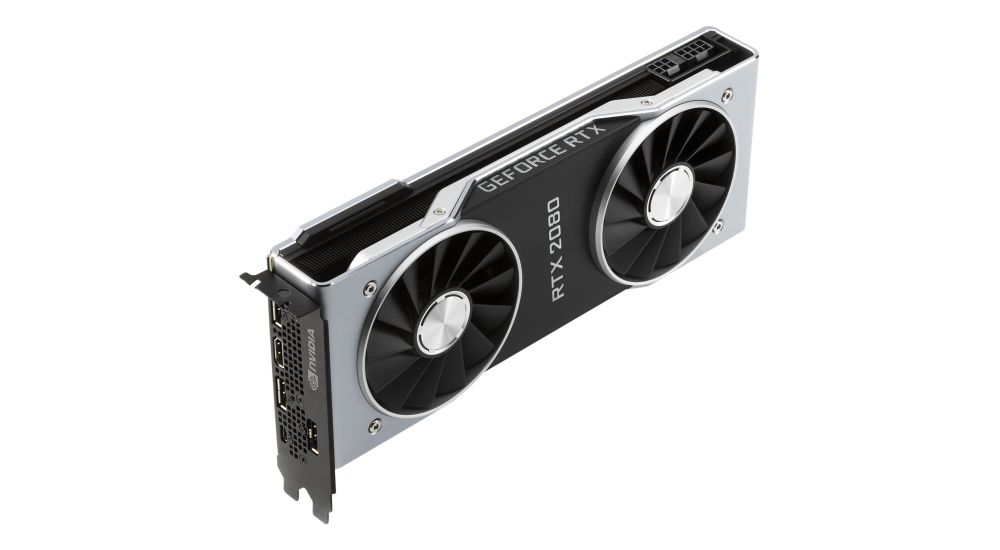
The RTX 2080 Founders Edition uses the same cooler as the RTX 2080 Ti FE and comes with the same display outputs.
The Nvidia Geforce RTX 2080 has a $699 price tag for the reference and $799 price tag for the Founders Edition.
The Nvidia Geforce RTX 2070, which comes in October, will be based on the TU106 GPU, pack 2,304 CUDA cores, 288 Tensor Cores, and 36 RT cores, and works at 1410MHz base GPU clock, 1620MHz GPU Boost clock (1710MHz on the FE), and comes with 8GB of 14Gbps GDDR6 memory on a 256-bit memory interface, leaving it with the same memory bandwidth like the RTX 2080.
Due to a significantly cut-down GPU, the RTX 2070 has a 175W TDP, and needs a single 8-pin PCIe power connector. It will start at $499 for the reference and $599 for the Founders Edition. The RTX 2070 FE should have a similar dual axial-fan cooler like the RTX 2080 and 2080 Ti.
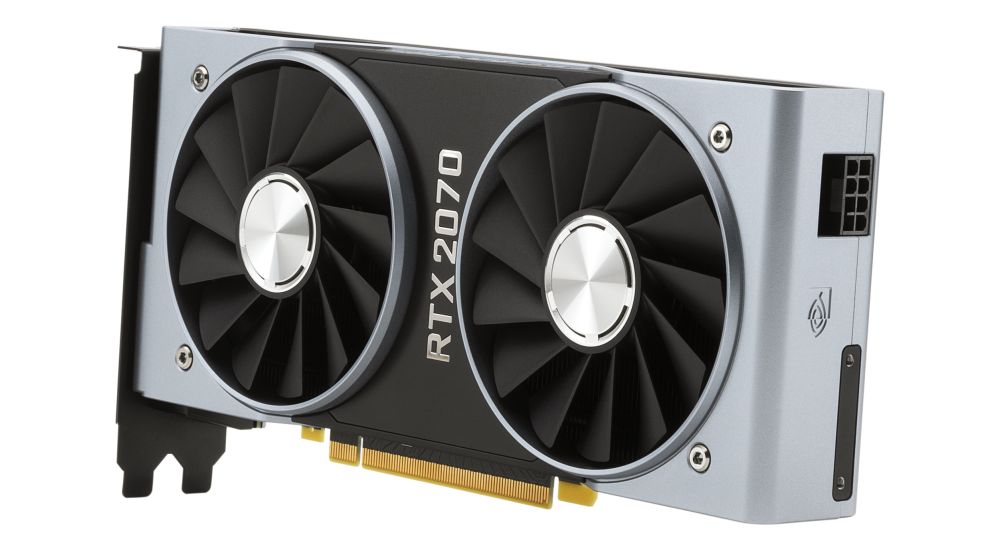
Bear in mind that the RTX 2070 does not support NVLink, so it will not be possible to pair two of these in a multi-GPU configuration.

